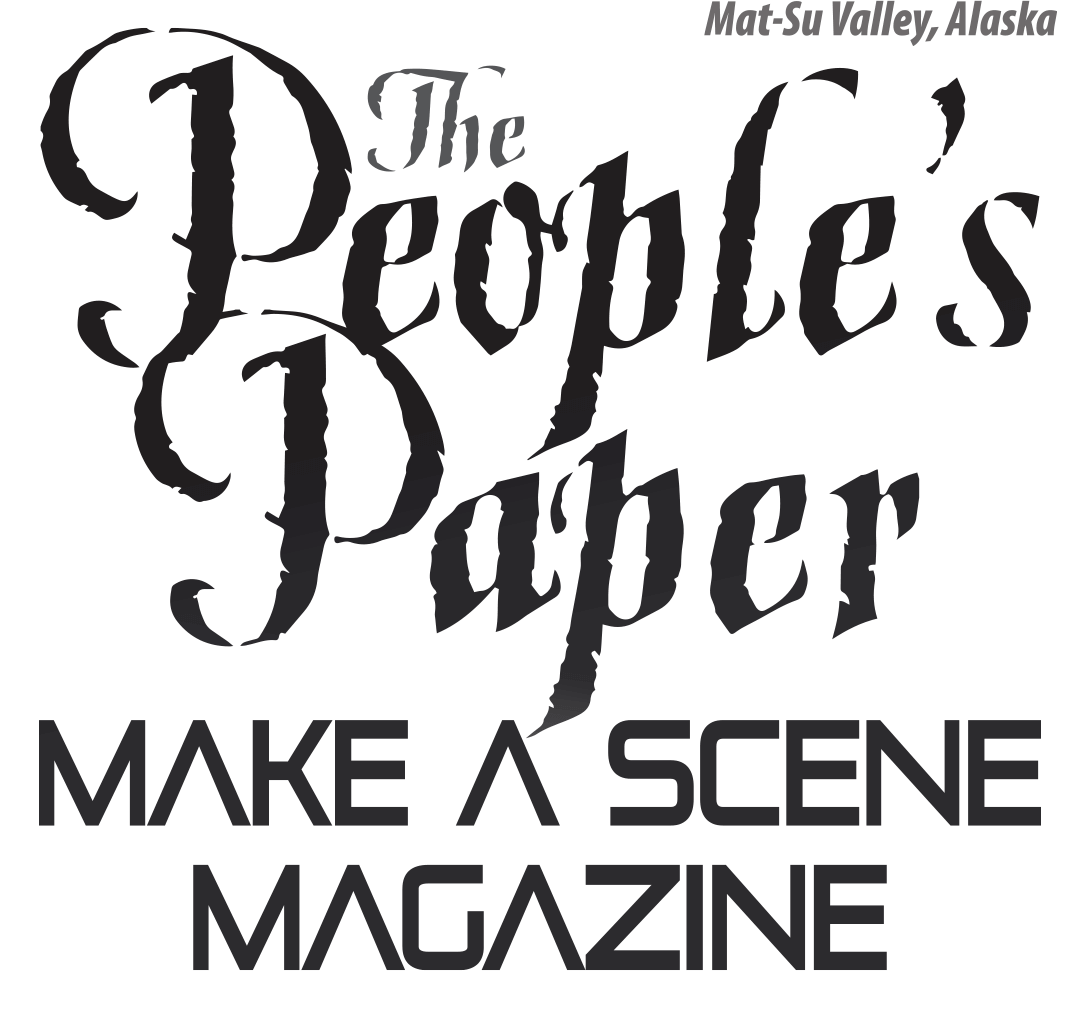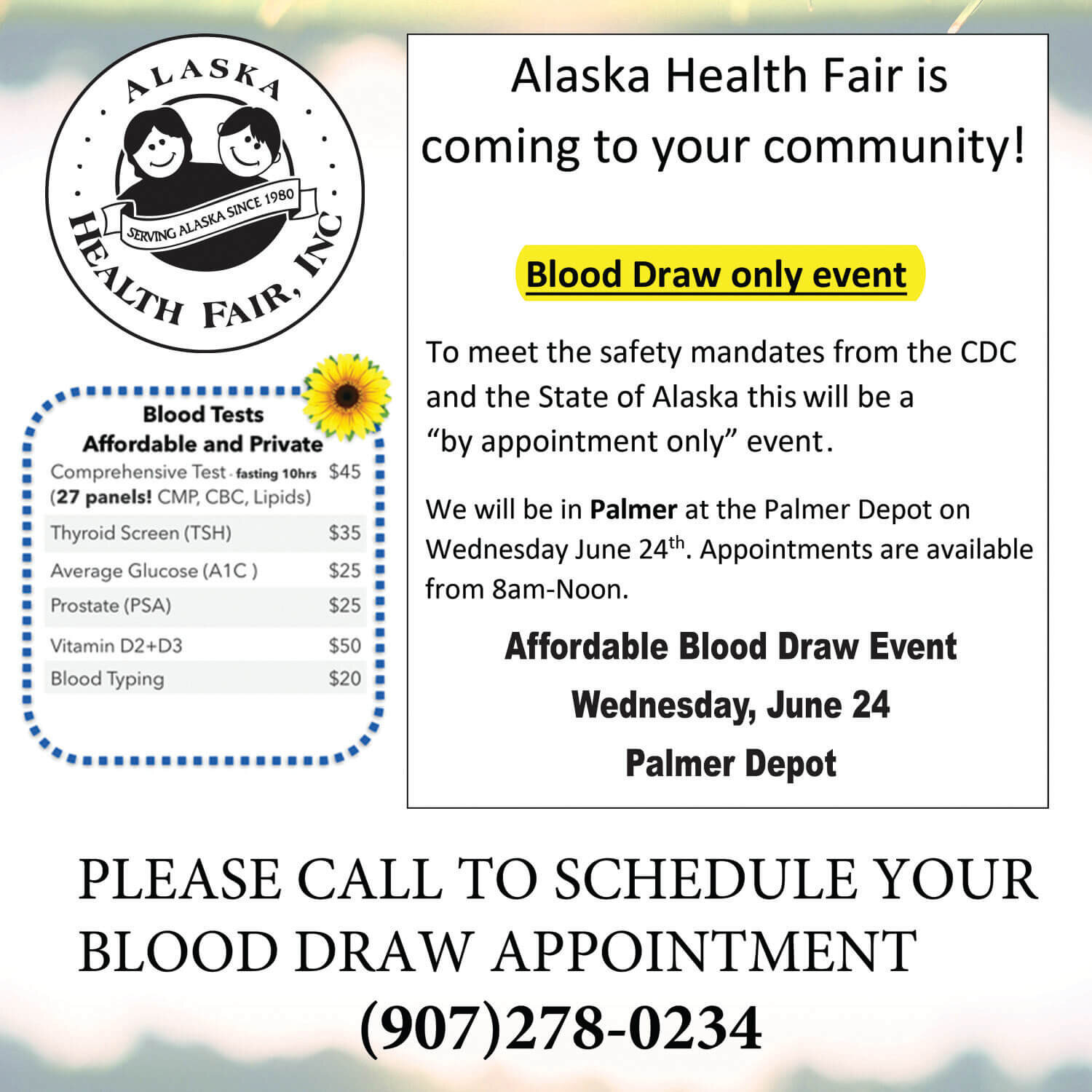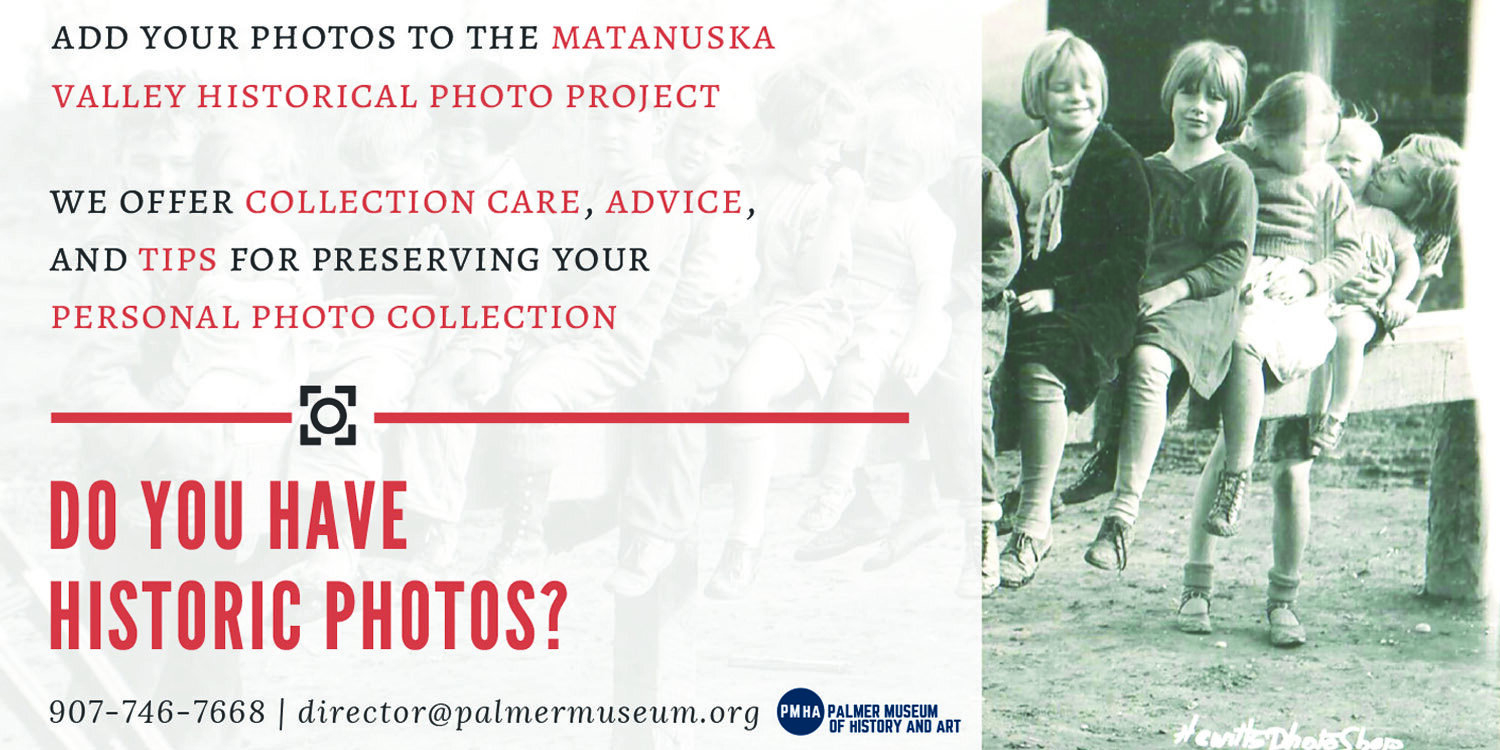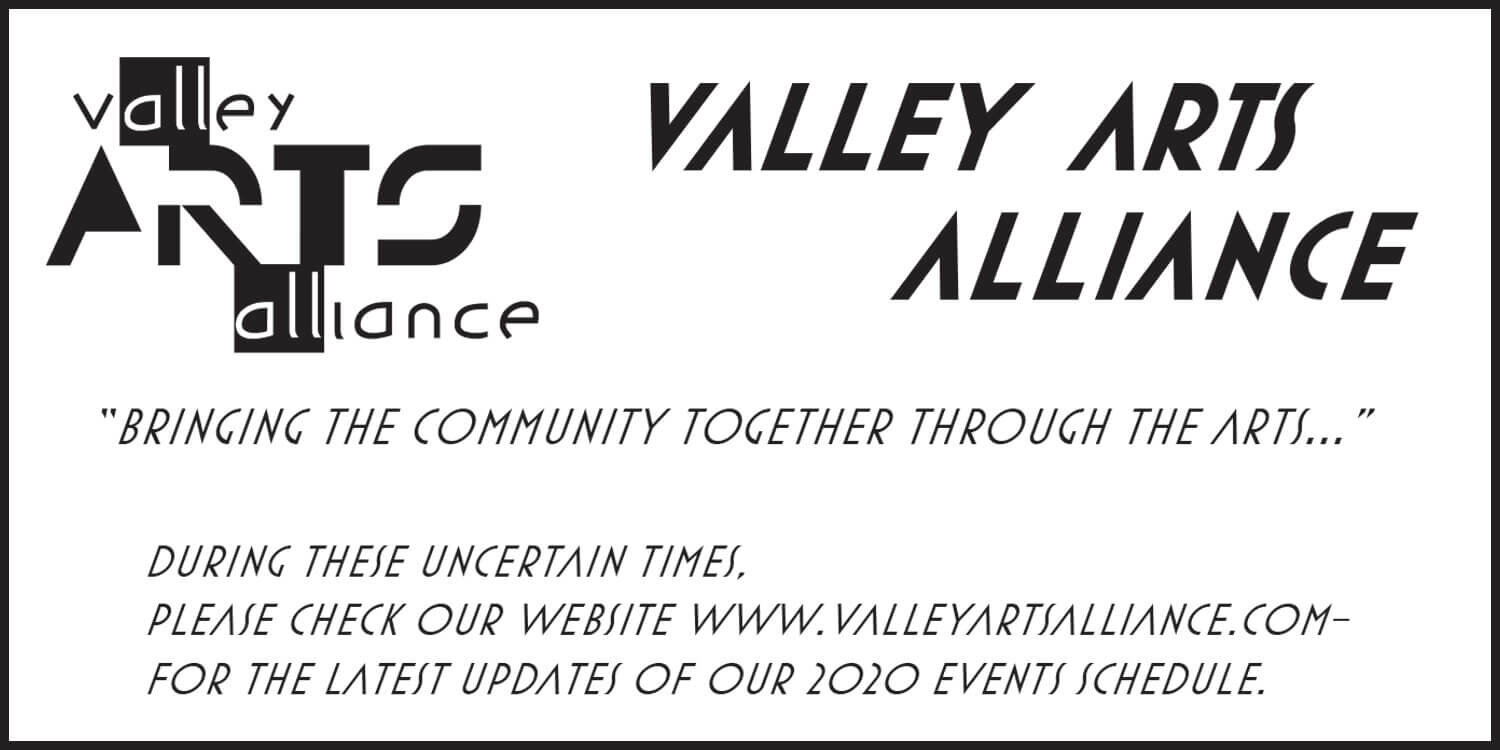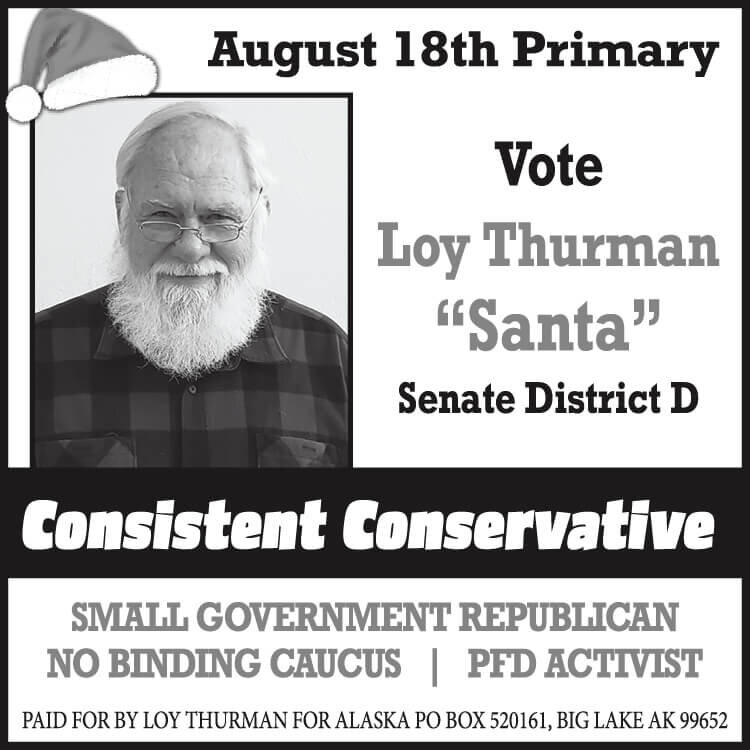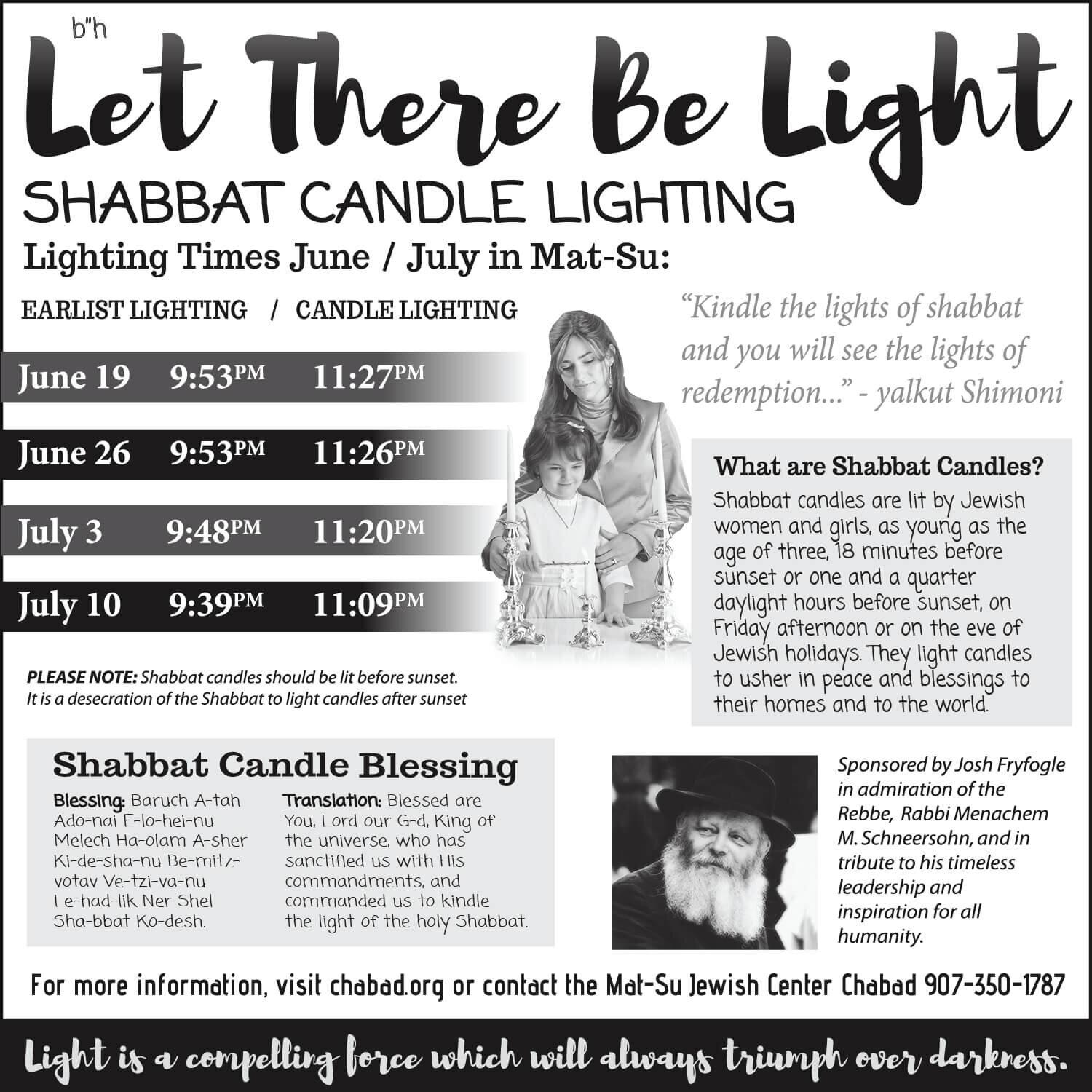Contributed by Debra McGhan
Dr. Gabriel Wolken and Katreen Wikstrom Jones are on a mission to amass an army of backcountry riders. Their goal is to solve the mystery of how much water is stored in the snowpack.
Wolken and Wikstrom Jones work for the Alaska Department of Natural Resources, Division of Geological and Geophysical Surveys with the Climate and Cryosphere Hazards Program.
“Predicting and understanding variability in water run-off is important because of the effects it has on snow avalanche hazards, water resources, ecology, fisheries, tourism and the impacts of a changing climate”, explains Wikstrom Jones.
“The remote sensing tools and models we are using today are only well-informed estimates,” she said. “In order to validate the data, we must have ground truth points which will require measuring snow depths across vast, complex terrain, and this requires a huge effort that we cannot do alone. This is where our recruited citizen scientists army comes into play.”
The “army” will be made up of citizen scientists just like you; ordinary people who are out recreating, traveling, working and living in backcountry regions of Alaska.
Under the guidance of lead scientists, Wolken and Wikstrom Jones, the citizen scientists will provide the key to achieving this lofty goal of measuring the depth of snow across a broad swath of Alaska.
“There is often a disconnect between communities and the work scientists do,” said Wikstrom Jones. “We want to reach out and get as many people as possible involved. By contributing information that will help us find critical answers, this project will be a great way to get people directly connected with science.”
The formal name for the project is NASA Citizen Science Community Snow Observations (NASA CSO). This is a collaborative effort between the Alaska Department of Natural Resources, Division of Geological and Geophysical Surveys, University of Washington State, Oregon State University and United States Geological Survey and in partnership with Mountain Hub.
Citizen science volunteers are asked to probe snow depths and take photos of the snow surface, and then log this data into an online app known as MountainHub.com. The Mountain Hub app is free for download and makes it easy to contribute valuable information. Mountain Hub is the brainchild of a group of students from MIT who were interested in building and sharing a body of knowledge across the globe.
Black Diamond has also stepped into sweeten the task by donating an avalanche beacon, shovel and probe you can win for participating. Additional prizes will also be up for grabs as the program and army grows in the future.
The way it works is you log into MountainHub.com and create a profile so you get credit for the submission. Then when a measurement is logged in Mountain Hub, the app tags the geographical location of the measurement, even when there is no cellphone reception. Once you’re back in range, the project collaborators will then have access to all of these data points and will use this information to verify the snow depths they receive from modeled snow distributions based on aerial and satellite remote sensing surveys.
Wikstrom Jones stresses the fact that it doesn’t matter if you travel on skis, snowboard, dog sled or on a snowmachine, as long as you pause during the day, pull out your probe and make a measurement in the snow and then upload to the Mountain Hub app, you’ll be contributing.
“All contributions matter, no matter how small,” she said. “So even one probe strike report is valuable.
“A remote sensing derived image without ground-truth points is like a tent tarp without tent poles!” explained Wikstrom Jones. “Without real data measured on the ground, we cannot validate the image (secure the tent). The more probe strikes you put in the ground and submit to Mountain Hub, the better we can identify error areas and make sure that the remote sensing products give us an accurate estimate of snow distribution.”
She said they don’t want this task to be a burden on anyone, but rather a fun, engaging way to advance science to benefit communities and give participants a chance to win some cool, valuable prizes.
Snow represents one of the biggest gaps in scientists’ understanding of Earth's water resources. With enough citizen scientists participating, this project will help fill in some major holes.
Understanding and measuring the impacts this stored water has on the environment is the only way we can predict, plan and prepare for what will ultimately result from weather and a changing climate.
You can learn more or join the army by contacting Wikstrom Jones at www.nasacso.org. She and Wolken will be in Thompson Pass (Near Valdez) March 17th-20th and at other spring events around the state sharing information and getting folks recruited. View more stories from Debra McGhan at www.urocksafety.com or call 907-982-0332.
